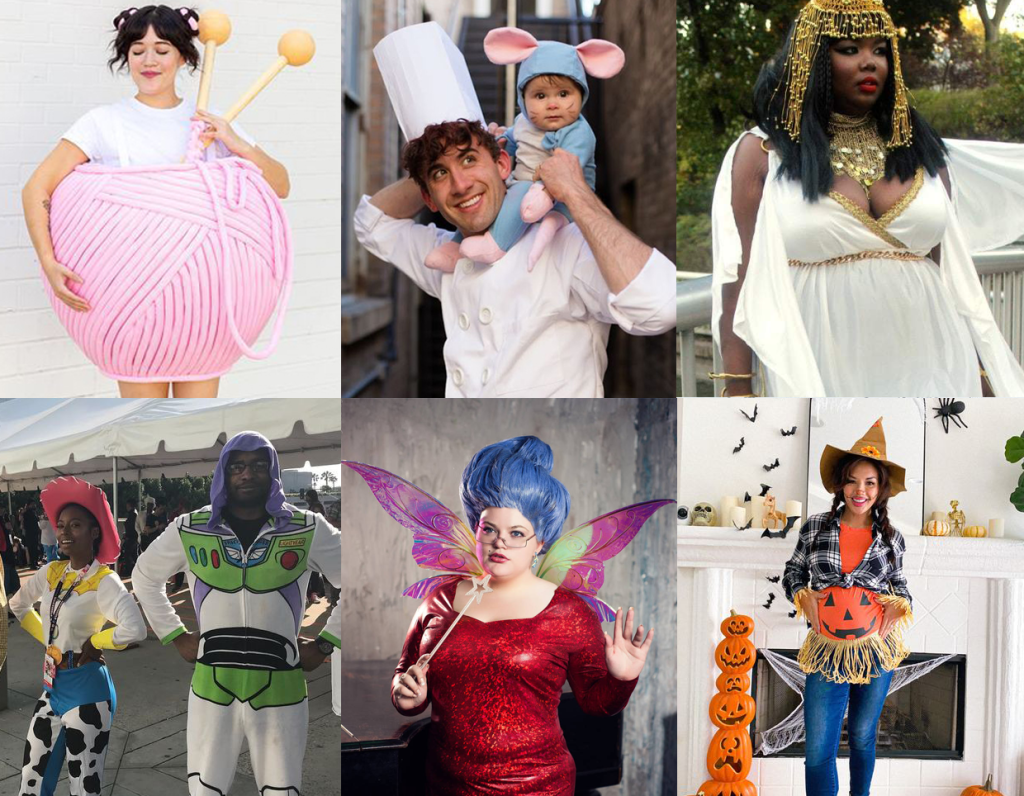Halloween, cosplay conventions, themed parties – there are countless occasions that call for a fantastic costume. But store-bought options can be expensive and generic. Why not tap into your inner artist and create your own? Making a costume allows you to personalize it to your taste, fit, and budget. Plus, the satisfaction of rocking a costume you made yourself is unbeatable!
This guide will equip you with the knowledge and steps to transform yourself into anything you can imagine. So, grab your scissors, unleash your creativity, and let’s get started!

Brainstorming Bonanza
First things first: the idea! Think about what excites you. Are you a movie buff who’d love to embody your favorite character? Perhaps you have a historical figure you admire. Maybe a funny punny costume tickles your fancy. There are no limits!
Here are some brainstorming tips:
- Look to your interests: Are you a gamer? A bookworm? Draw inspiration from your hobbies.
- Think outside the box: Don’t limit yourself to traditional costumes. Get creative! A giant ice cream cone or a walking emoji can be hilarious.
- Consider the occasion: Is it a spooky Halloween party or a lighthearted gathering? Tailor your costume to the event’s theme.
Once you have a few ideas, refine your choice. Think about the complexity of the costume. How much time and skill are you willing to invest?

Scouting for Supplies
Now that you have a vision, it’s time to gather the materials to bring it to life. Here’s what you’ll likely need:
- Basic crafting supplies: Scissors, glue, tape, needles, thread, and a hot glue gun are essential.
- Fabric: Depending on your costume, you might need pre-made fabric, sheets, or old clothes you can repurpose.
- Embellishments: Buttons, ribbons, feathers, and trims can add personality to your costume.
- Accessories: Hats, wigs, shoes, and props can elevate your costume from good to great.
Thrift stores are treasure troves for costume-making! You can find inexpensive clothes, unique accessories, and even fabrics you can transform. Don’t be afraid to get resourceful and raid your own closet or garage for hidden gems.
Sketching and Planning
If your costume involves complex construction, it’s helpful to sketch it out. This will help you visualize the final product and plan the steps involved.
Here are some additional planning tips:
Break it down:
Divide your costume into components (top, bottom, accessories). Consider how you’ll construct each piece.
Measure twice, cut once:
Take your measurements to ensure a comfortable fit. It’s always better to have extra fabric than not enough.
Research and Reference:
If you’re replicating a specific character, look for online tutorials or reference pictures to guide you.

Construction Time!
This is where the magic happens! Here are some general techniques you might use, depending on your chosen costume:
- Sewing: Basic sewing skills will come in handy for constructing garments or attaching embellishments.
- Crafting with cardboard: Cardboard is surprisingly versatile. You can use it to create armor pieces, wings, or even a giant hamburger costume!
- Hot gluing: Hot glue is a lifesaver for attaching lightweight materials like fabric, trims, and decorations.
Remember, there’s no right or wrong way to make a costume. If you don’t have advanced sewing skills, don’t be discouraged. Get creative! Use no-sew techniques like fabric glue or safety pins.
Accessorize, Accessorize, Accessorize!
The finishing touch! Accessories can take your costume from good to phenomenal.
Here are some ideas:
- Jewelry: Statement necklaces, earrings, or bracelets can add a touch of glamor or character.
- Makeup: Paint your face to resemble a superhero, a mythical creature, or even a specific character.
- Props: A sword, wand, or even a quirky object can add depth and storytelling to your costume.

Practice Makes Perfect (and Confident!)
Before the big event, practice wearing your costume. This will help you ensure it fits comfortably and that you can move around easily. It’s also a chance to refine your makeup or get comfortable walking with a cumbersome prop.
Making a costume is a creative adventure. Don’t be afraid to experiment and have fun with the process. If something doesn’t work out exactly as planned, don’t despair! Embrace the challenge and improvise. The most rewarding costumes are often the ones that come together through a bit of creative problem-solving.
Here are some additional tips to make your costume-making journey smoother:
- Set realistic expectations: Don’t aim for a Hollywood-level costume on your first try. Start with a simpler design and gradually build your skills.
- Take breaks: Don’t try to power through the entire project in one sitting. Take breaks to avoid burnout and keep your creativity flowing.
- Document your progress: Take pictures or videos as you work. It’s not just for fun; it can help you identify areas for improvement for future costumes.
- Most importantly, have fun! Making a costume should be an enjoyable experience. Let your creativity loose and enjoy the process of transforming yourself into something extraordinary.

Storing the Costume to Maintain its Integrity
Beyond Halloween: The Joys of Costume-Making
While Halloween is a prime time for costumes, the possibilities are endless. You can create costumes for cosplay conventions, themed parties, school plays, or even just for fun. Making your own costume allows you to express yourself in a unique way, no matter the occasion.
So, what are you waiting for? Grab your scissors, gather your inspiration, and embark on a journey of creativity. The world of costume-making awaits!


